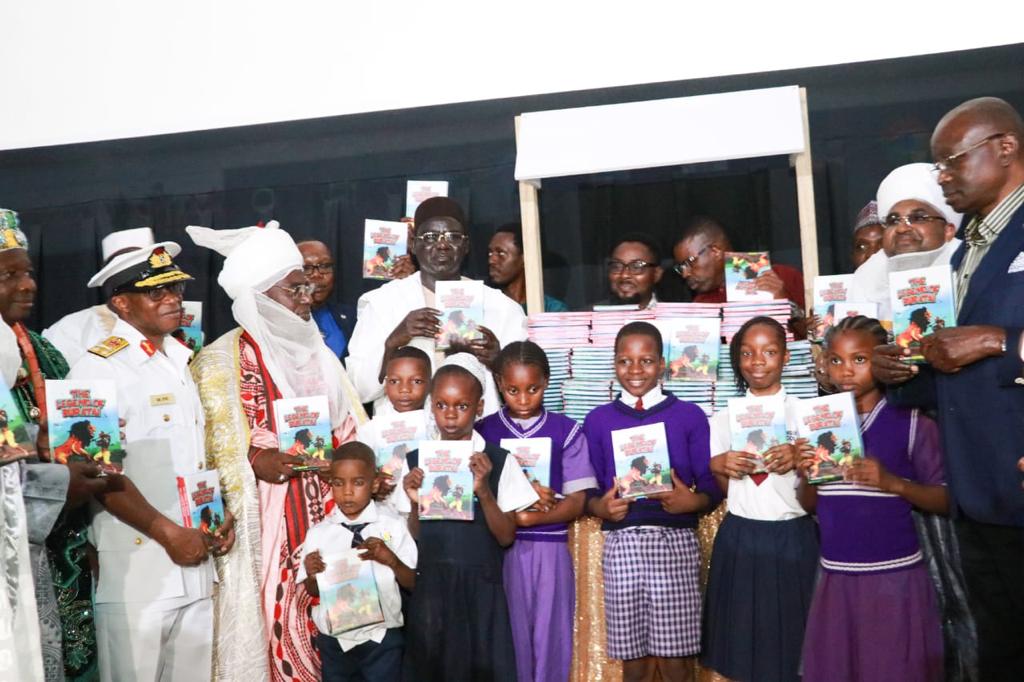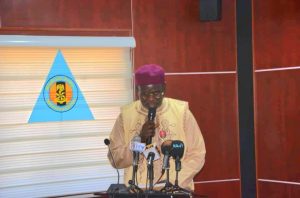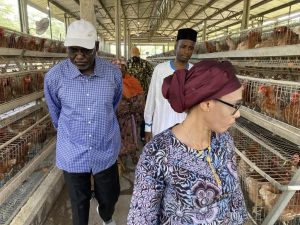With the launch of the children’s book, and a feature animation both titled The Legend of Buratai Vol 1, author, Dr Sani Mohammed immortalized the ex-Chief of Army Staff and former ambassador of Nigeria to Benin Republic, Lieutenant General Tukur Y. Buratai in the hearts and minds of Nigeria’s future generation.
There is no better way to immortalise a person than to have a writer document one into the annals of history. Writers have the literary license to create characters or bring a different perspective to them in accordance with the ‘times’ and the ‘demands of the story’s custodians.’
Buratai, however, had nothing to do with the crafting of his legend. In fact, Dr Sani’s initial proposal for funding for the projects to the Nigerian Army was rejected. However, driven by his belief that there is much for the younger generation to learn from the retired but not tired military man turned politician, he kicked off the project with his own personal funds, beginning with the book. Sani also believes that Nigeria can use her local heroes to inspire the future generation to greatness.
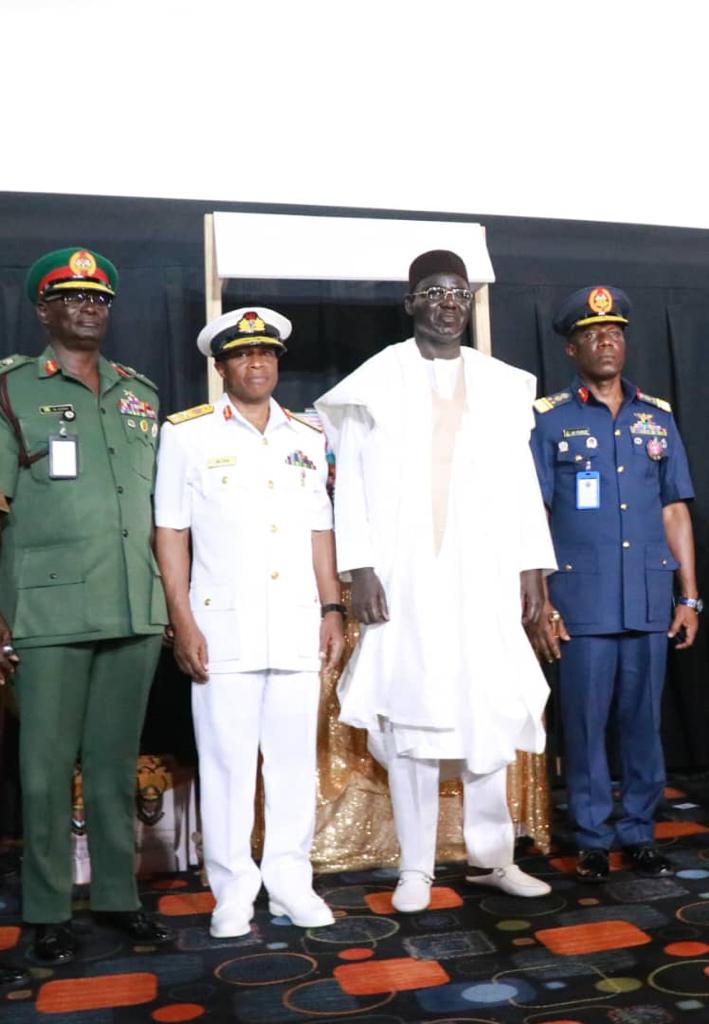
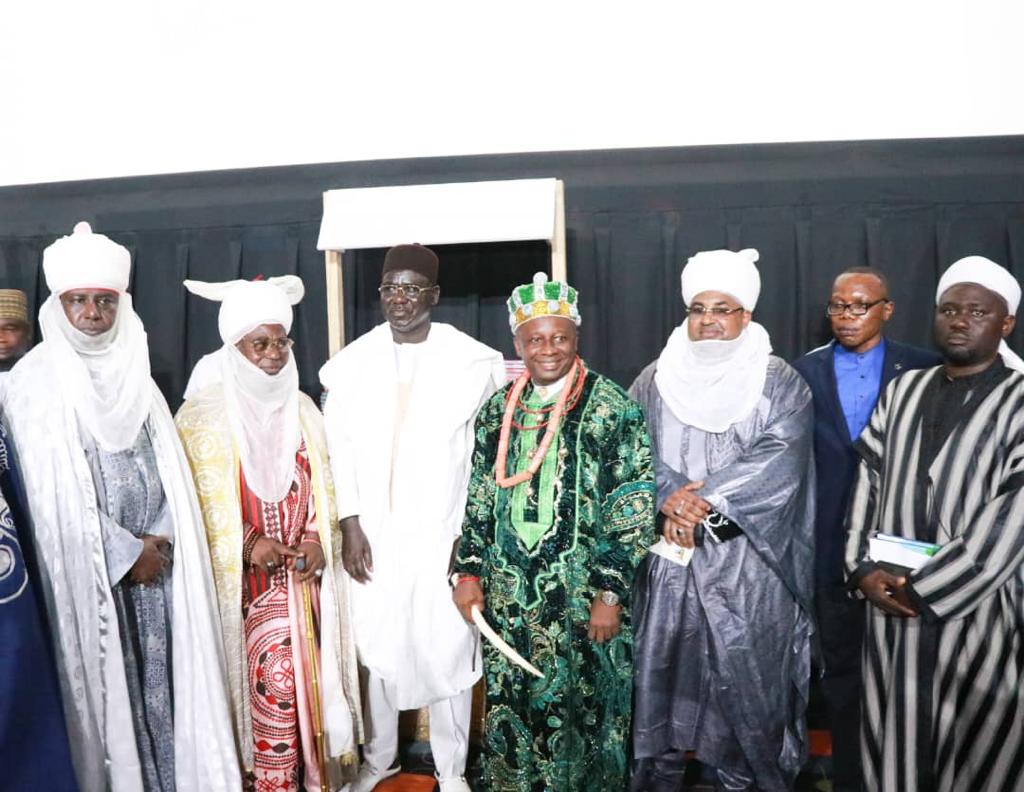
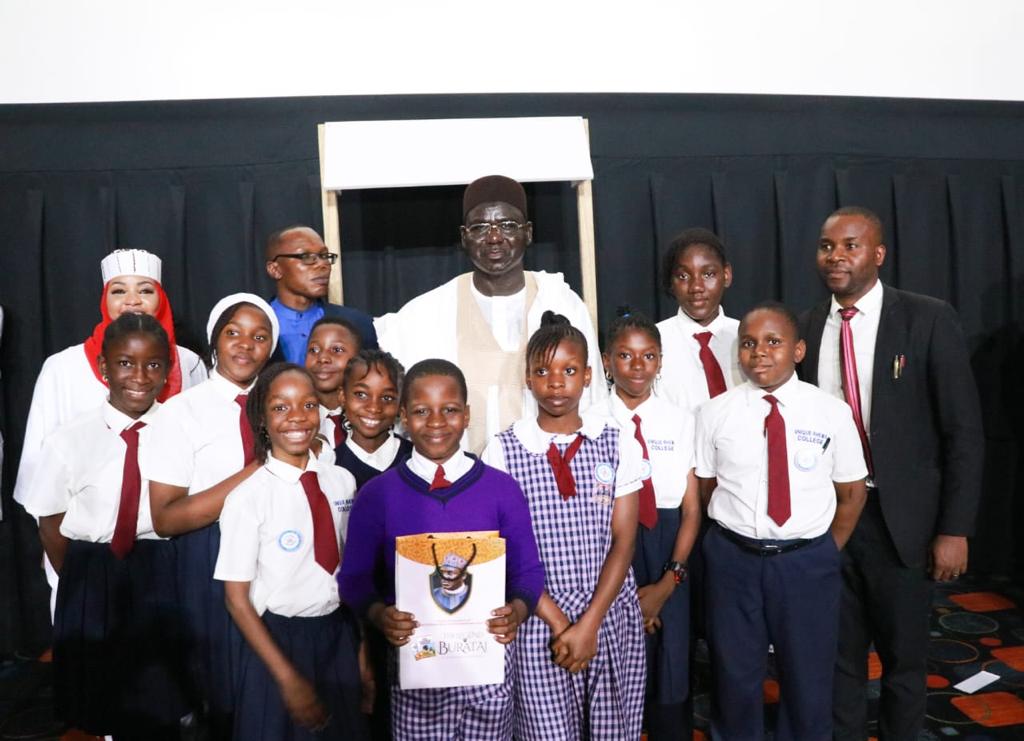
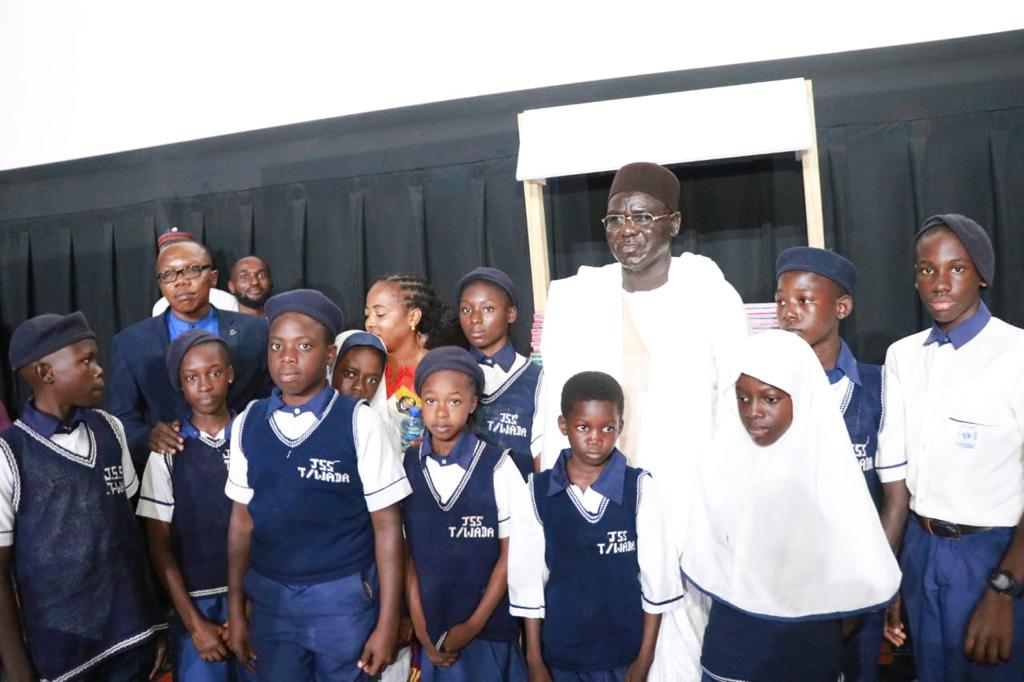



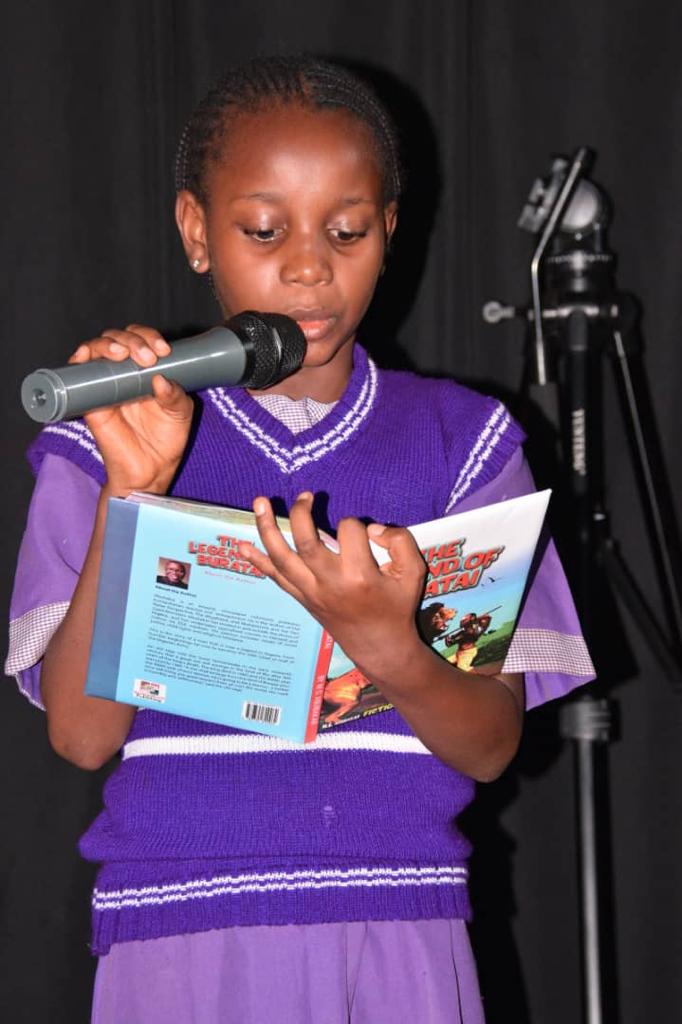


To immortalise this local hero, he kickstarted with the autobiographical fiction work Legend of Buratai Vol 1, which was then screen-written into a 3D feature animation, creating an audio-visual interconnection that seared information transmitted in the viewers brains
Although there are some elements of reality to the tale, such as the little town of Buratai in Biu where the subject hails from; the story of his purchasing a charm to attract the interest of his one-time crush which failed, and the Gudumbali narrative that are factual; but it is a fictionalised version of the events in the life of the man. As Buratai himself testified at the event, he never killed a lion at age 17; likewise, the attack on Buratai town, and the background/setting to the Gudumbali battle depicted in the animation, is a work of fiction.
These stories, however, served the purpose of inspiring the targeted audience with the importance of diligence, strategy, bravery and loyalty to one’s nation are key to becoming quality leaders and persons of great character.
One can see the critical thinking and strategy depicted by the fictionalised Buratai in slaying the lion terrorizing his village; feel his courage in marching with his troops into the Sambisa Forest in an offensive attack against Boko Haram (which Buratai confessed as true noting he was the only COAS to do so); and observe his rise in military ranks and the accolades accompanying it based on merit; proving to the young ones that you needn’t have connections to be somebody.
Also crucial is the author’s highlighting of the nation’s pledge to the children, as a form of personal oath to their country, that they shouldn’t take for granted.
Moreover, NCAC Director, Dr Lizzie Ben-Iheanacho’s call to the ‘man of the moment’ to establish an ANA/Buratai Children’s Literature Prize as a means of promoting children’s literature and young writer series, to which Buratai acquiesced to, are ways to mark local heroes who have had genuine, communal impact.

